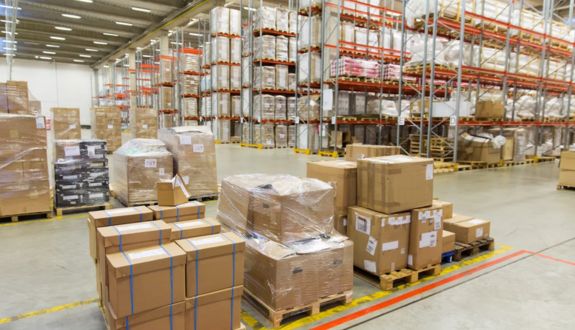Planned cross-docking is often done in advance with orders at the distribution center where the item is not stocked or the order quantity is particularly large relative to the quantity stocked. For order fulfillment, the replenishment or supply order is placed to the vendor from the distribution center. The item comes to the distribution center’s receiving dock and it has already been allocated to go directly to the customer.
Planned cross-docking not only saves warehouse labor; it is also a very efficient process for the distribution center’s working capital. With planned cross-docking, the capital employed is minimal as the item moves very quickly in and out of the warehouse. With planned cross-docking, the capital employed is minimal as the item moves very quickly in and out of the warehouse. The item comes to the distribution center’s receiving dock and it has already been allocated to go directly to the customer.

Most enterprise resource planning (ERP) systems and warehouse management software (WMS) solutions struggle with the automation of cross-docking steps for both planned and reactive back-order fulfillment cross docking. These processes tend to be quite manual, which can make them prone to errors. While a distribution center may be saving the labor and travel time associated with putting the product
away and then re-picking it, the steps involved in using cross-docking as a receiving process can be cumbersome, manual, and verification intensive.
The ideal cross-docking software solution processes the receipt of the item, just as any other received products are processed, updates the ERP with what’s been received so the vendor can be paid, and then immediately processes the fulfillment of an order or multiple orders with that product, routing those orders to staging for shipping, with nominal, if not any additional steps required. Ascent Warehouse Logistics’ software solutions are capable of performing these processes in both an automated and non-automated environment.
